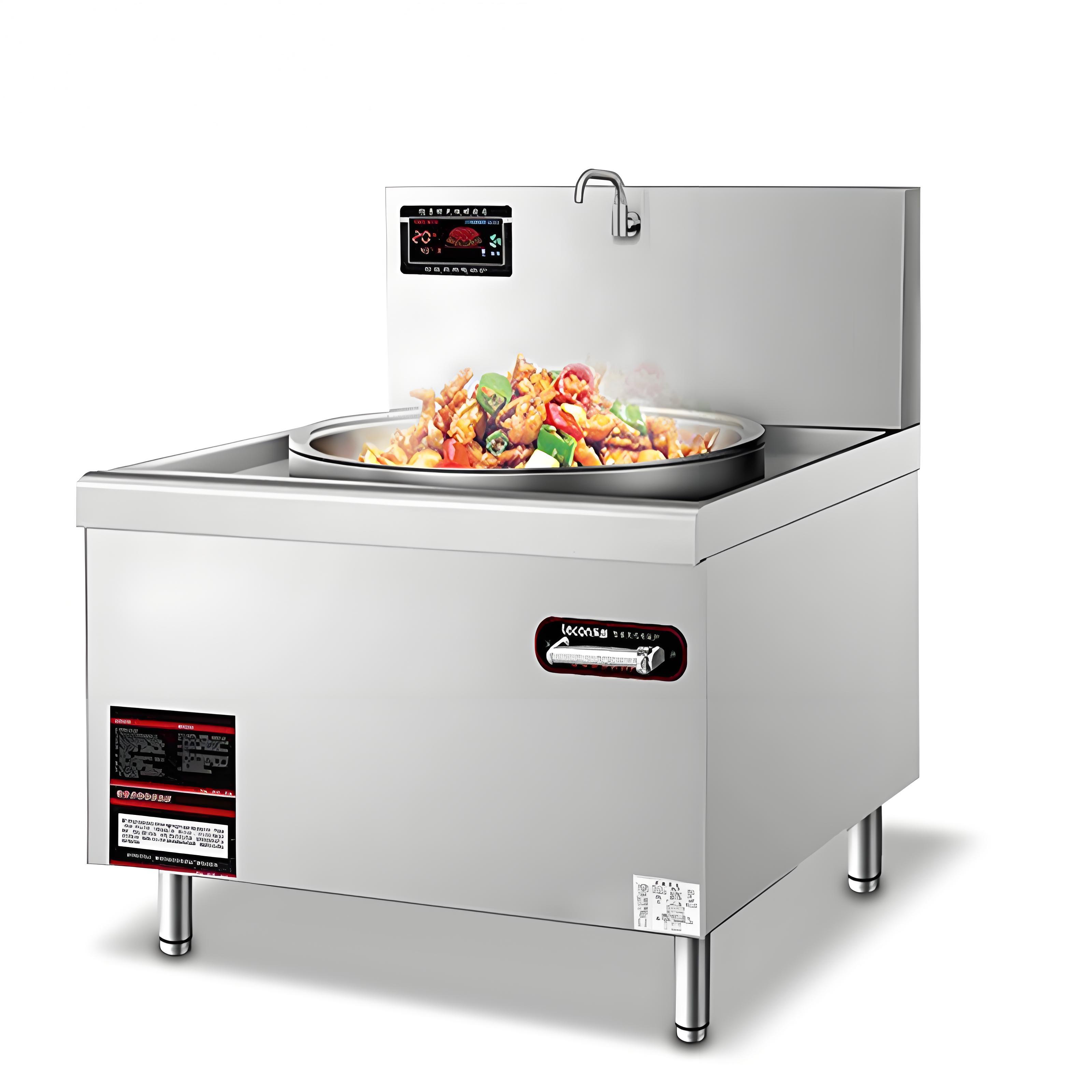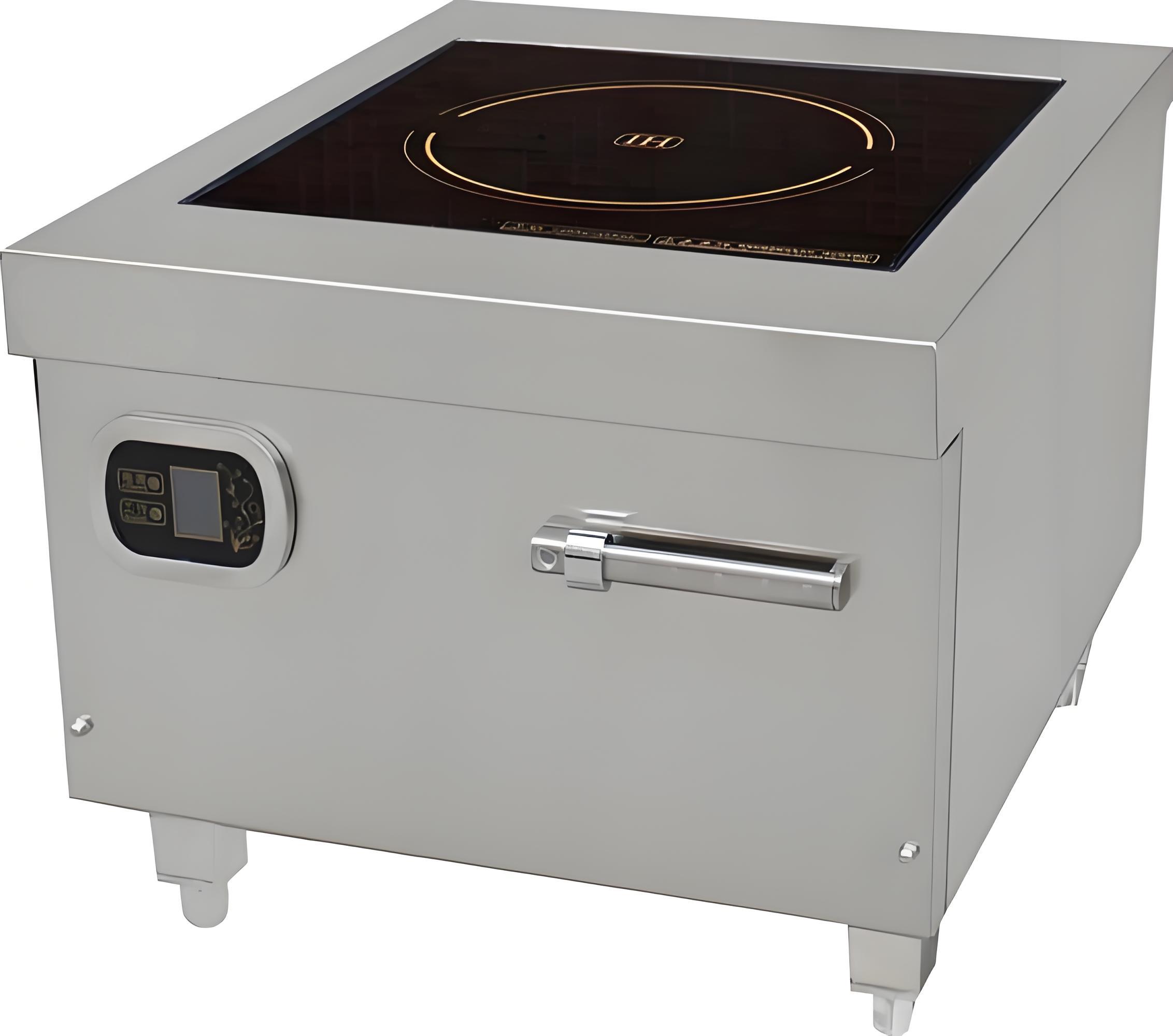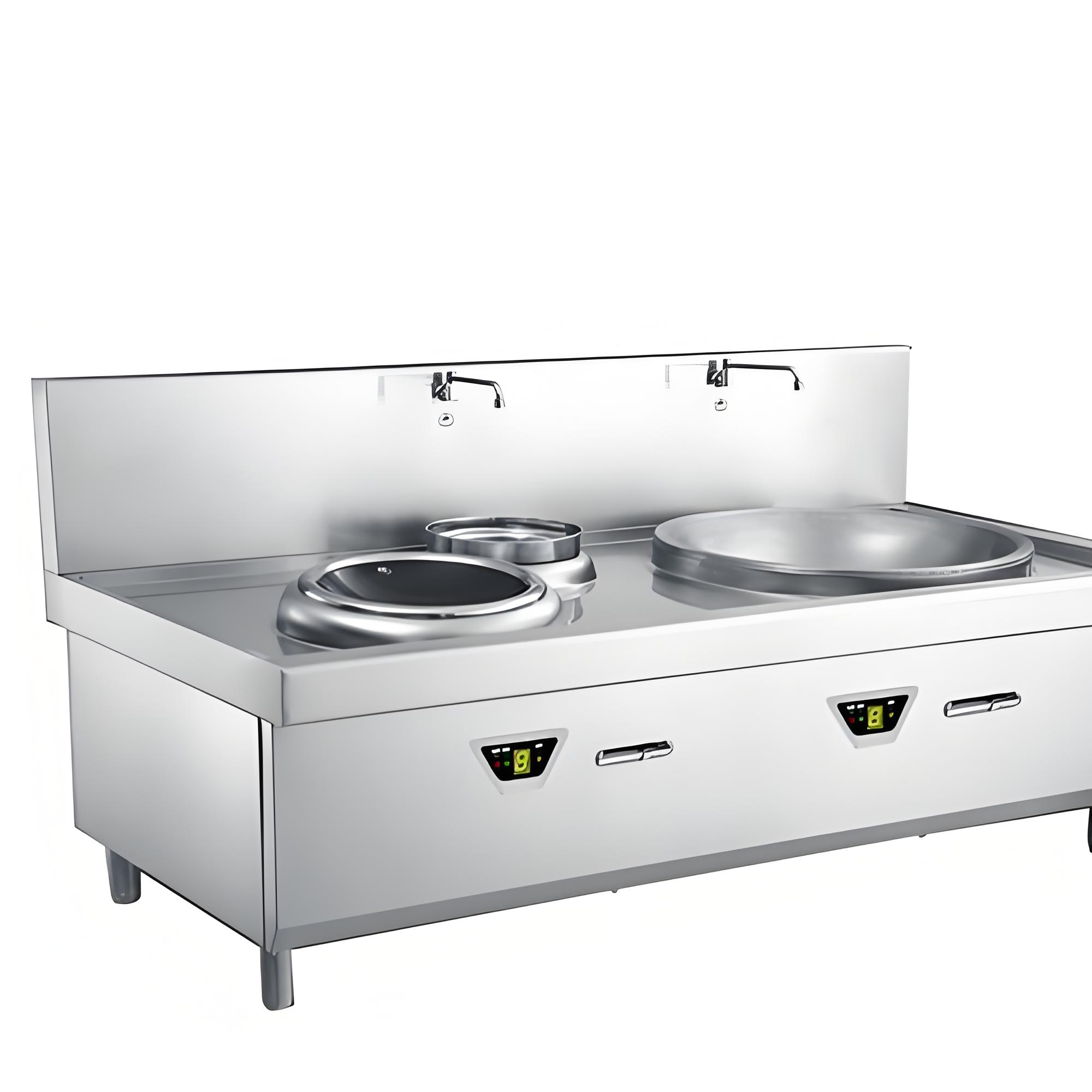I’ve spent over 15 years immersed in the commercial kitchen equipment industry. From consulting for bustling hotel chains to helping small family restaurants optimize their kitchens, I’ve had countless conversations about one topic: energy costs. When I see someone search for “how much more energy efficient is a commercial induction cooker compared to gas,” I immediately understand what’s behind that question. It’s rarely just curiosity—more often it’s concern about soaring utility bills, compliance with energy regulations, or simply wanting to run a greener, smarter kitchen.
Let me share a practical, experience-driven breakdown that not only answers this question but also gives you a solid footing to decide what’s best for your business.

1. Why This Question Matters So Much Today
When I started out in this field, few restaurateurs even considered energy efficiency beyond how it affected their monthly bills. Gas was king, and electricity was often dismissed outright due to myths about cost or performance.
But today, things have changed dramatically. Here’s why so many kitchen operators are evaluating induction:
Utility costs are rising globally. Even small percentage differences translate to thousands of dollars annually in a commercial setting.
Local governments in many countries now offer incentives for electric appliances (or penalize high-emission gas use).
Labor costs push businesses to adopt faster, easier-to-clean tech. Less downtime cleaning greasy burners means more productive hours.
Customers are increasingly eco-conscious. Some businesses leverage induction’s energy story in their marketing.
So the question of “How much more efficient is induction?” is really about whether switching will lower your total operational costs, simplify compliance, and align your brand with modern expectations.
2. The Core Comparison: Induction vs. Gas Efficiency
I’ll cut right to the practical figure most chefs and owners care about:
A typical commercial induction cooker is 35–50% more energy efficient than a comparable gas burner.
Let’s unpack that properly.
| Appliance Type | Typical Energy Efficiency (%) | Energy Loss Mode |
|---|---|---|
| Commercial Gas Stove | 35–45% | Heat escapes sides & flue |
| Commercial Induction | 80–90% | Minimal (coil & pan interface) |
A gas stove loses 55–65 units as heat to the kitchen air.
An induction cooker only loses about 10–20 units.
In simpler terms: an induction unit directs roughly twice as much of your energy into actually cooking the food.

3. Why Does Induction Win on Efficiency?
When restaurant owners first hear this, many suspect clever marketing. But the physics is straightforward.
Gas relies on open flame. It heats air, the pan, and the surrounding space. That’s a huge amount of wasted energy—why your kitchen gets unbearably hot in summer.
Induction directly excites the metal molecules in your pan. The cooktop itself stays relatively cool, and almost all the energy flows into the cookware.
Think of it like pouring water through a funnel vs. trying to catch it with your hands. Induction is simply a more direct, controlled way to deliver energy.
4. The Payoff: How Much Money Can You Actually Save?
I’ve run ROI calculations for dozens of restaurants. Here’s a conservative, real-world example from a mid-sized bistro I advised in Singapore:
| Appliance Type | Daily Use (hrs) | Annual Energy Cost (approx) | 5-Year Total Cost (energy only) |
|---|---|---|---|
| Gas Stove | 8 | $9,800 | $49,000 |
| Induction | 8 | $5,900 | $29,500 |
Over 5 years, that’s nearly $20,000 saved. For high-volume operations, the numbers climb even higher.
5. Beyond Energy: The Other Operational Advantages
Efficiency isn’t only about the utility bill. Here are benefits I’ve personally witnessed that compound the value of induction.
Cooler Kitchens
Lower ambient heat means:
Chefs don’t fatigue as fast.
Air conditioners don’t work as hard.
Less risk of heat stress (a real insurance concern).
Faster Cooking & Better Control
Induction reaches target temperatures faster than gas.
Digital controls allow precise simmering without constant adjustment.

Easier Cleaning
No heavy grates or clogged burners. Just wipe the glass.
Fewer service calls for blocked nozzles.
Safer Environment
No open flame = lower fire risk.
No combustion = improved indoor air quality (no CO2 or NOx emissions).
6. Are There Downsides to Induction?
As much as I love induction, it’s my duty to be candid.
Upfront cost:
A heavy-duty commercial induction unit often costs 20–40% more than a similar BTU-rated gas stove.
Cookware:
You need magnetic pans (ferrous). Many pro-grade pans qualify, but if you’re using copper or aluminum, you may need to invest in new cookware.
Power infrastructure:
In older buildings, your electrician might have to upgrade circuits.
However, in virtually all long-term calculations I’ve done, the energy + labor savings pay back the initial investment within 1.5–3 years.
7. How I Advise Clients To Decide
When clients invite me to walk through their kitchens, I usually start by asking:
How much are you spending annually on gas vs. electricity?
Is your HVAC struggling to keep up?
Are you planning to renovate or expand? (Easy time to update wiring.)
Do you have many staff hours tied up cleaning grime off burners and walls?
If the answers indicate high energy use and a hot kitchen, induction nearly always comes out ahead. For small specialty kitchens (like wood-fire pizza or tandoor setups), gas or flame still makes sense. But for most general cooking—sautéing, boiling, even deep frying—induction is a smart upgrade.

8. Future Proofing: Regulations Are Shifting
Another angle many overlook: local and international regulations.
Cities like New York and parts of California are actively phasing out new gas lines in commercial builds. Europe’s stricter emissions rules mean many restaurants pay carbon penalties or face future retrofits.
So even if energy savings alone didn’t justify it, induction helps ensure your business stays compliant without scrambling in a few years.
9. Summary: How Much More Efficient is Induction?
To wrap up the main question in a nutshell:
A commercial induction cooker is roughly 35–50% more energy efficient than a gas stove.
You’ll see this in direct energy savings, reduced HVAC costs, faster cooking times, and easier maintenance.
Over a 5-year horizon, most establishments save tens of thousands of dollars—and that’s before factoring in softer benefits like happier chefs, a cooler kitchen, or marketing an eco-friendly operation.

Related Q&A (What People Often Ask Me)
Q: Does induction really heat faster than gas?
Yes. In head-to-head tests with equal BTU/kW equivalence, induction consistently boils water 20–40% faster.
Q: What happens during a power outage?
That’s a legitimate concern. Most kitchens pair induction with at least one small gas line (for critical tasks) or a generator. But in stable grids, it’s rarely a disruption.
Q: Is the maintenance more expensive?
Actually less. No pilot lights, burners, or valves to clog. Just keep the fans clean. Most induction units last 10–15 years with minimal issues.
Q: Can I use a wok on induction?
Absolutely, but you’ll want a dedicated induction wok unit with a curved coil, common in Asian commercial kitchens. These are widely available now.
Final Thoughts
If there’s one takeaway I’d leave you with, it’s this: modern commercial induction technology isn’t just about energy. It’s about building a kitchen that’s cooler, safer, easier to run, and ultimately more profitable. In my two decades working with chefs, operators, and facilities managers, the ones who switched to induction rarely looked back—except maybe to wonder why they didn’t do it sooner.
If you’re evaluating this step for your restaurant or food production facility, I’d be glad to offer some tailored numbers. Feel free to reach out or drop your kitchen specs below—I’m always happy to help fellow professionals save money and future-proof their business.





